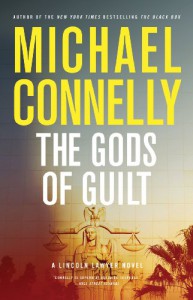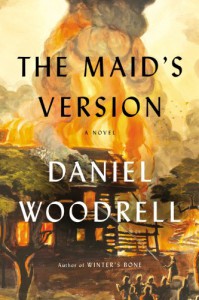Arresting Imagery In A Tale Of Soviet Life.

It took me a long time to read this book. There's a lot going on here, and it requires some concentration to keep track of all the characters in various locations as they weave in and out of each other's lives. Along with an account of the aftermath of the 1986 Chernobyl disaster, we also follow the lives of other Soviet citizens in the years leading up to the revolution that shattered the Iron Curtain. We see the unrest and the despair resulting from a life under a regime that uses fear tactics to keep people from speaking the truth or fighting the system.
Here in the U.S. we love to criticize our government, and we're fortunate to have the right to do so. We're also fortunate to have a government with limited powers. In his portrayal of Soviet life, McKeon gives us a taste of what it's like to live under a government that controls every aspect of one's life. They assign you a career and a living space, withhold vital information from the public, and punish even the smallest attempts at self-determination.
When I sat down to write my review and looked over the passages I had marked, I was reminded of how masterful Darragh McKeon is at creating striking imagery, even for the most simple of events. For example, when Maria is remembering the day her marriage to Grigory ended, and she left their apartment for the last time, here is the picture:
“She can still see the way he stood in their small vestibule, between the large mirror on the wall and the small oval one on the coat stand. Both mirrors bounced his reflection between them, so that before closing the door for the last time, Maria found herself leaving not just him but an endless multitude of him. Standing there, his shoulders wrapped in heartbreak.”(page 257)
Alina is a single mother relegated to a life of drudgery, taking in laundry and ironing to make ends meet. This is what her meltdown looks like:
“...she remembers she's left the iron on. She moves to unplug it, does so, and leans against the counter. A shirtsleeve lifts in a stream of breeze, and she turns to the freshly pressed shirts lined up on their hangers, and reaches over and drags them all down, dropping with them. She grabs the whole bunch of them and wrings them into a bundle and bites them, bites down hard, stifling a scream, and they lie there, twisted, until Maria comes home.” (page 332)
There are treasures like this sprinkled throughout the story, and for me these images were a large part of what made the book worth reading. I am not fond of novels written in present tense, and that's probably my only serious criticism of the book. I do still recommend it though, because McKeon's writing was masterful enough to help me overcome my distaste for the verb tense.
I thought the ending was a little too pat, although I can understand McKeon's desire to inject some positivity and hope into what is otherwise a bleak narrative. The redemption to be found in this story is in the way it shows that amid the most dire, hopeless circumstances, there are people whose basic humanity compels them to be kind, even when it means putting themselves at great peril.
 6
6


 2
2






























